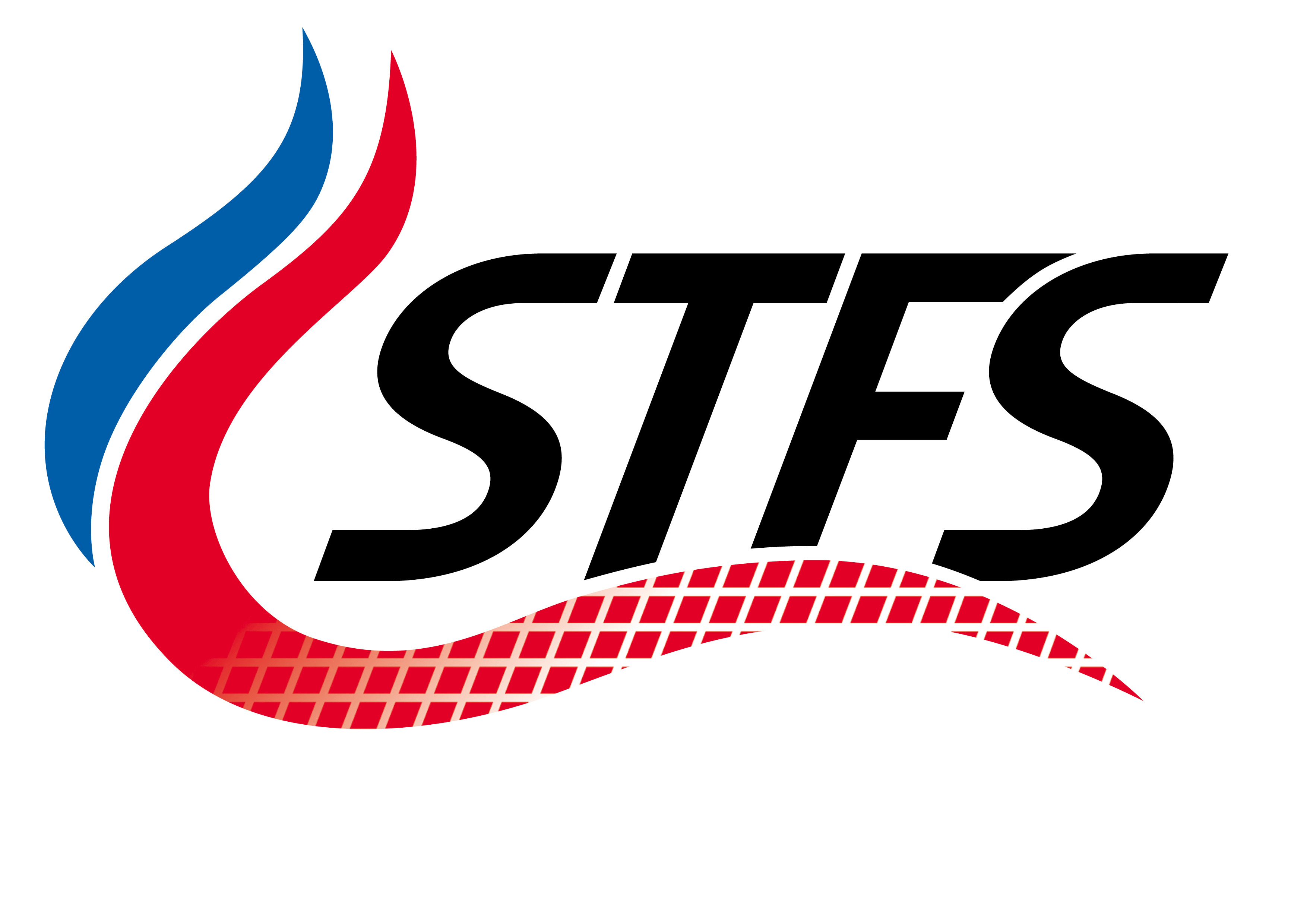Towards scale-reduced modeling of solid fuel combustion at technically relevant scales
Chemical reactor network modeling in the context of solid fuel combustion under oxy-fuel atmospheres
2024/02/14 by Prof. Dr.-Ing. Christian Hasse
In our last news article, I discussed results from direct numerical simulation (DNS) resolving all scales in a very generic configuration. Here I would like to draw your attention to the other end of the spectrum – technically relevant scales.

I am pleased that our latest paper on chemical reactor networks (CRN) has been published in Fuel as part of the special issue for the 4th International Workshop on Oxyfuel Combustion. This work is the result of a long-standing collaboration with the CRECK Modeling group from Politecnico di Milano.
What are chemical reactor networks (CRNs)?
CRNs significantly reduce computational costs by approximating the flow field (usually leveraging knowledge from detailed large eddy simulations) with ideal reactor models. Within these ideal reactors, solid and gas phase reactions can be analyzed accurately using detailed kinetic mechanisms to study pollutant formation in complex technical systems.
What is novel in this work?
This work introduces a novel solid-gas plug flow reactor unit that is applied within a multi-phase reactor network. The reactors fully couple solid and gas phase processes with the detailed CRECK-S mechanism. Sensitivity analyses further analyze the contribution of solid fuel conversion in high-temperature regions to the formation of selected pollutants.
Some highlights
- Full coupling of solid and gas phase kinetics within chemical reactor networks
- Overall model is applied and validated in a 40 kWth oxy-fuel combustor
- Sensitivity studies for CO and NOx formation using detailed kinetics are performed.
The paper is available in Fuel (open access)


